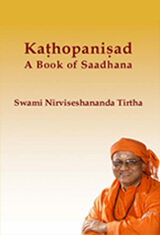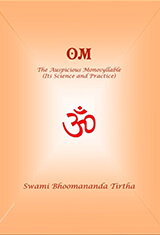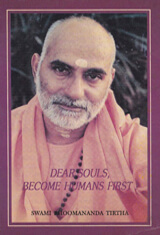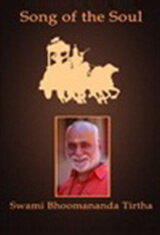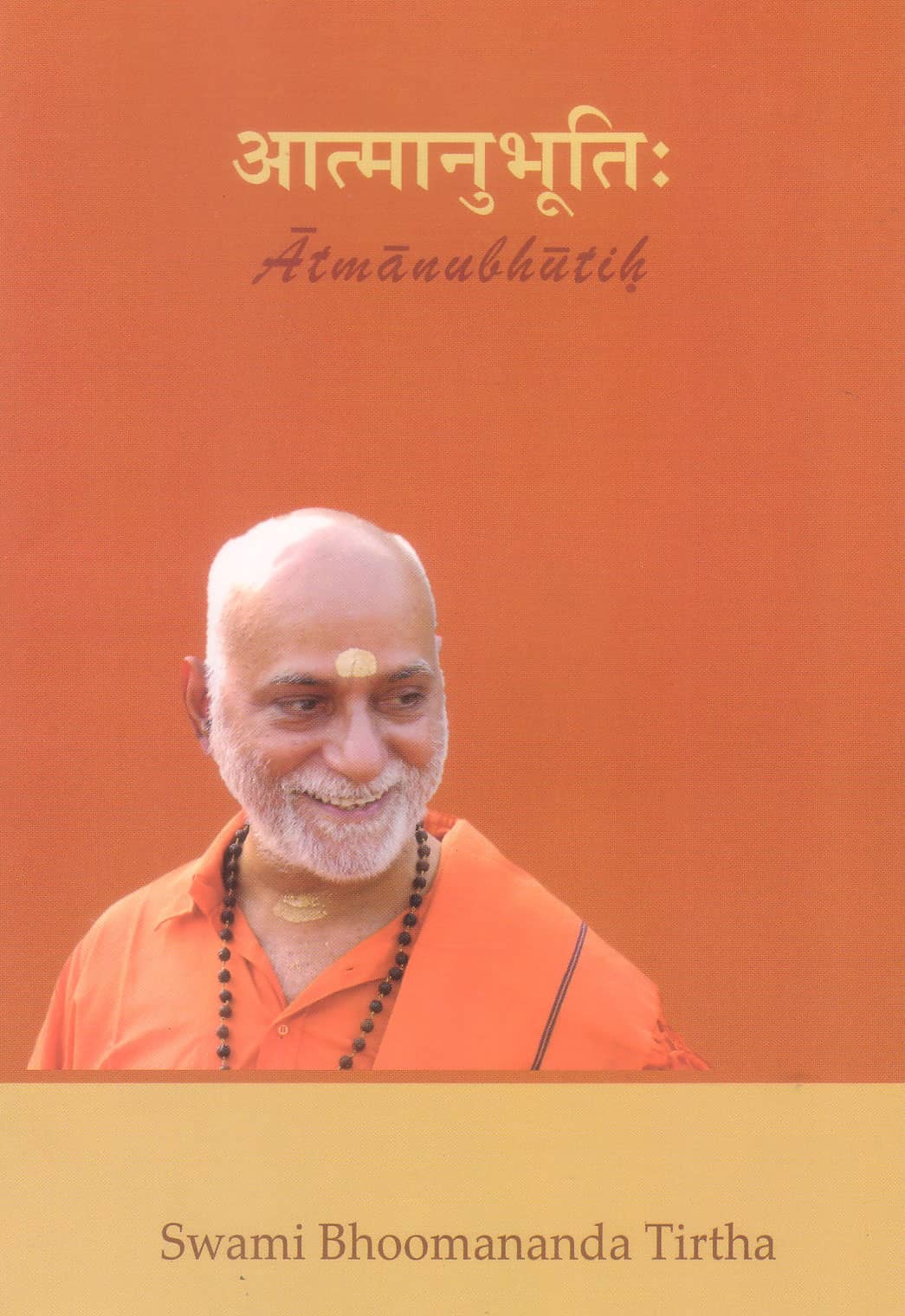Resources
Functional Merit of Meditative Absorption
Swami Bhoomananda Tirtha

The merit and the attainment of the saadhaka lie in how well he is able to translate this meditative absorption into a functional knowledge, refuge and stability.
04 May 2004
Harih Om Tat Sat. Jai Guru.
Yesterday I was explaining the sāṅkhya-yoga which Sri Krishna exposed to Arjuna. This yoga completely revolves around the concept of the Soul, which is birthless, deathless, growthless and changeless. The question necessarily arises as to what is the benefit of exposing such a Soul to the listener. Can Arjuna’s grief of the mind be resolved by merely listening to this Soul gospel? Unless you are able to think and find out an answer to this question, the entire spiritual wisdom will not have any operational effect.
And what is this Soul? The Soul is unborn, undying and unaffected.
You are that Soul. I am that Soul. Everyone is that Soul. Then, what does it mean? We are also unaffected, unchanging and undying. If this is the truth, then why are we grieving over birth, death and transformations? The mind begins to grieve because of a delusion, of not being able to understand the truth of unaffectedness pertaining to itself. If the Soul were somebody else, then there would have been a problem. But I am such a Soul; everyone is such a Soul; and therefore, whatever the Soul is, everyone must also be.
When this truth is presented, automatically the mind begins to think afresh, and then in as much as it is the truth, it can be felt as well as displayed and used. How it has to be pursued and displayed, Krishna summarizes in that single verse (Bhagavad Gita 2.38): “sukhaduḥkhe same kṛtvā lābhālābhau jayājayau”
If the Soul is unborn, where is the question of Its undergoing rebirth? If the Soul is undying, where is the question of death bringing grief? If the Soul is unaffected by everything, where is the question of sin affecting It? Till this truth is realized, the saadhana has to be pursued.
So, the saadhana can be two-fold. One is closing the door, sitting alone in a room and trying to dissolve the thoughts and emotions in the mind. If you do it properly and diligently, you will get into a Self-absorbing contemplative state. The second part of the saadhana is, when such a state occurs, you have to comprehend it wisely.
What is that comprehension? – How is it that my mind, which is tense, agitated and active, goes to a state of stillness and absorption? Shall I consider this absorbed state or the agitated state of the mind as its natural one?
Our legs are used for walking. Does it mean that our legs are not there when we are not walking? Normally the legs are supposed to keep quiet – either in a standing pose or in a sitting or lying pose. But they can also act and walk. So, will you describe the legs to be constantly walking or the tongue to be constantly speaking? When you are able to get into a state of absorption, you have to understand that this still and absorbed state of the mind is its real character. Once it is proved that the mind can become still and absorbed and you feel that this is its nature, then with such a mind why should you feel affected?
We are not expecting the surface of the ocean to be absolutely quiet and calm. Roaring waves are there. The roaring surface does not the least affect the character or the vast still depth of the ocean. Similarly, consider the mind to be like the ocean. On the surface, there are waves and turbulence. These do not affect the mind-ocean – the like of which you felt during meditation. The merit and the attainment of the saadhaka lie in how well he is able to translate this meditative absorption into a functional knowledge, refuge and stability.
kāyaḥ karotu karmāṇi vṛthā vāg-ucyatām-iha |
rājyaṃ dhyāyatu vā buddhiḥ pūrṇasya mama kā kṣatiḥ ||
(Svaatma Prakaashika verse 23)
Let the body do any activity, the tongue speak in vain or usefully, the intelligence think about the kingdom or ruling – for me, the ‘complete one’, what affectation, reduction or transition can be there?
See whether you are able to get into this realization and make it a functional influence on your daily life, in spite of whatever is, whatever was or will be. That is the most important point in the pursuit of jnaana saadhana. That is why the Knowers are very, very rare.
Harih Om Tat Sat. Jai Guru.
(Prabhata Rashmih—Vicharasethu Oct 2004)

“Consider the mind to be like the ocean. On the surface, there are waves and turbulence. These do not affect the mind-ocean – the like of which you felt during meditation.”
“When you are able to get into a state of absorption, you have to understand that this still and absorbed state of the mind is its real character.”
you might be interested in

Ma Gurupriya
01 – Swamini Ma Gurupriya – Points for Sadhana

Swami Bhoomananda Tirtha
Gurupoornima 2023

 1041 views
1041 views

 Add to Favorites
Add to Favorites Add to Reading List
Add to Reading List



